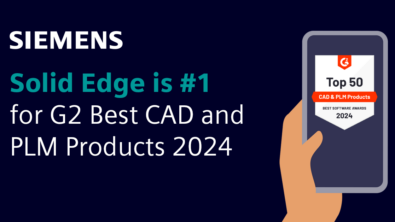Products
Seven Tips for Better 3D Rendering

A 3D rendered model is more than just a pretty picture – rendering images are a good way to communicate a new design – both internally and to the public. A photorealistic image can help you communicate your design to stakeholders, get feedback on your product before developing an expensive physical prototype, and even generate interest, demand, and sales.

In our latest eBook, we provide seven powerful tips and best practices that you can implement today to dramatically improve the realism of your rendered models.
Tip #1: Place your virtual product in a real environment
A realistic background helps viewers picture your model in real life, ready to be used. The more realistic the background, the more convincing the overall picture. And the most realistic background is a real background – a picture of an environment where your product might exist. To create realism in your overall image, use your own custom image for the background of your rendering.

Image courtesy of Supfina
Tip #2: Think about the ground
You have a realistic model, placed in a realistic environment, but don’t forget to think about the impact of model and environment on each other. Is the surface your model is sitting on hard, or soft? A soft or wet surface needs to react to your product in a realistic way. Take, for example, the razor model below, which has been placed on a set of towels to create realism. Because we know towels are soft, the razor really needs to appear as though it is sinking into the material rather than just sitting on top.

Tip #3: Soften your edges
The foundation for a great render is the geometry itself. What do we mean by exceptional geometry?
It’s all about the details. A simple trick for heavily increasing the visual impact of your geometry is adding edge blends to all the sharp edges of your design. The exception would be edges that are intended to be sharp, such as knife edges or glass corners. In best-in-class product development systems like Solid Edge, you can make this process faster by setting the radius value and letting our rendering tool add the detail.

For more 3D rendering tips and best practices, download our free “Seven Tips for 3D Rendering” eBook to increase the realism of your 3D renders and make your models shine like never before.


